This week’s #MTBoS #MTBoSblogsplosion theme is “soft skills”. In a middle school mathematics classroom, I’d dare to say this topic is *almost* as important as the math content itself.
The late Rita Pierson seals this truth in a simple sentence:
Ramblings and Reflections Regarding Soft-Skills and Teaching ^(Adolescent Humans) Mathematics
- Sometimes, Embracing “Silly” Helps Learning Happen
What’s the first word that comes to mind when I say “math class”? Probably not “creativity” or “silly” – however, there are some amazingly creative students sitting in our classrooms every day. Sometimes being creative turns into silliness, but in these light-hearted moments, students feel safe, open to learning and building relationships with me and with one another. Every class period has “their thing” that is unique only to their class. Once we have that silly moment, it’s an experience to refer back to and giggle about for weeks to come. This is the “stuff” students often remember about our classes (even more than that killer lesson we designed… sorry, but true!)
Several years ago, one of my classes went so far as to design and order class t-shirts. We all wore them every test day, and it was a “4th period thing” that made *our class* special.
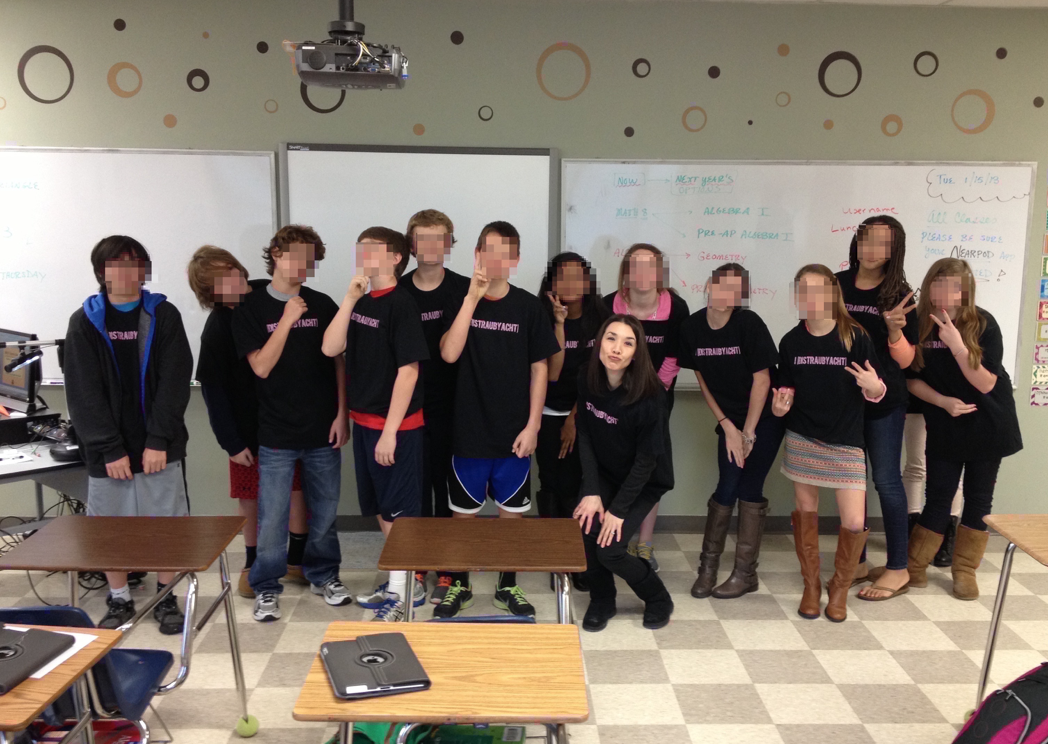
Strike a “duck lips” pose and sport your matching test-day t-shirts!
Here’s a day that math got silly, but learning still happened. If I saw any of these former-students on the street tomorrow, they would be able to articulate some of these stories as moments they still remember from our class. I’d bet money on it.
- Ask For Their Opinions
Want to model “growth mindset” for students? Ask them to “grade” YOU. The #MTBoS graciously shares Google Forms they’ve designed to ask students for feedback. Show students that you care about their opinions, and are willing to improve the class in any way you can, based on their thoughts and feelings. Note: I used to do this only at the END of the year, but have started giving a “Teacher Report Card” mid-year, AND at the end. That way, I can take action on suggestions during second semester, rather than waiting until a new school year with a new batch of students!
- Listen to the “Invisible Subtitle” Rather Than the “Noise”
Just today, I had the opportunity to stop by the Nearpod #PioNearSummit here in Austin. Folks from all over gathered to experience a professional development session lead by Melissa Pelochino after lunch. Probably the most profound idea she shared is that students often say something to us teachers (something rude… something that catches us off-guard… something that makes us possibly want to respond in retaliation) and that we need to look past what we hear (the “noise”) and hear the heart of the comment. Here’s a post where I clarified the “invisible subtitle” to help me better understand a frustrated student. Instead of responding hastily when students are frustrated with what we expect them to do, try responding with, “You’re welcome.” 🙂
Years ago, I majored in “Secondary Education / Mathematics” but I’d often verbalize my major as “Secondary Mathematics Education” instead. Funny, the play on words seems so obvious now. Teaching humans mathematics… quite literally, the math is secondary, isn’t it?
How do you build trust with students?
What are some elements of classroom culture that evolve, spontaneously or intentionally, in your classroom?

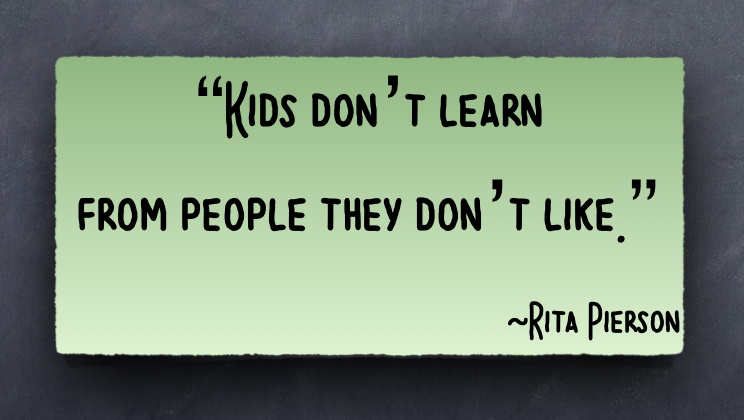










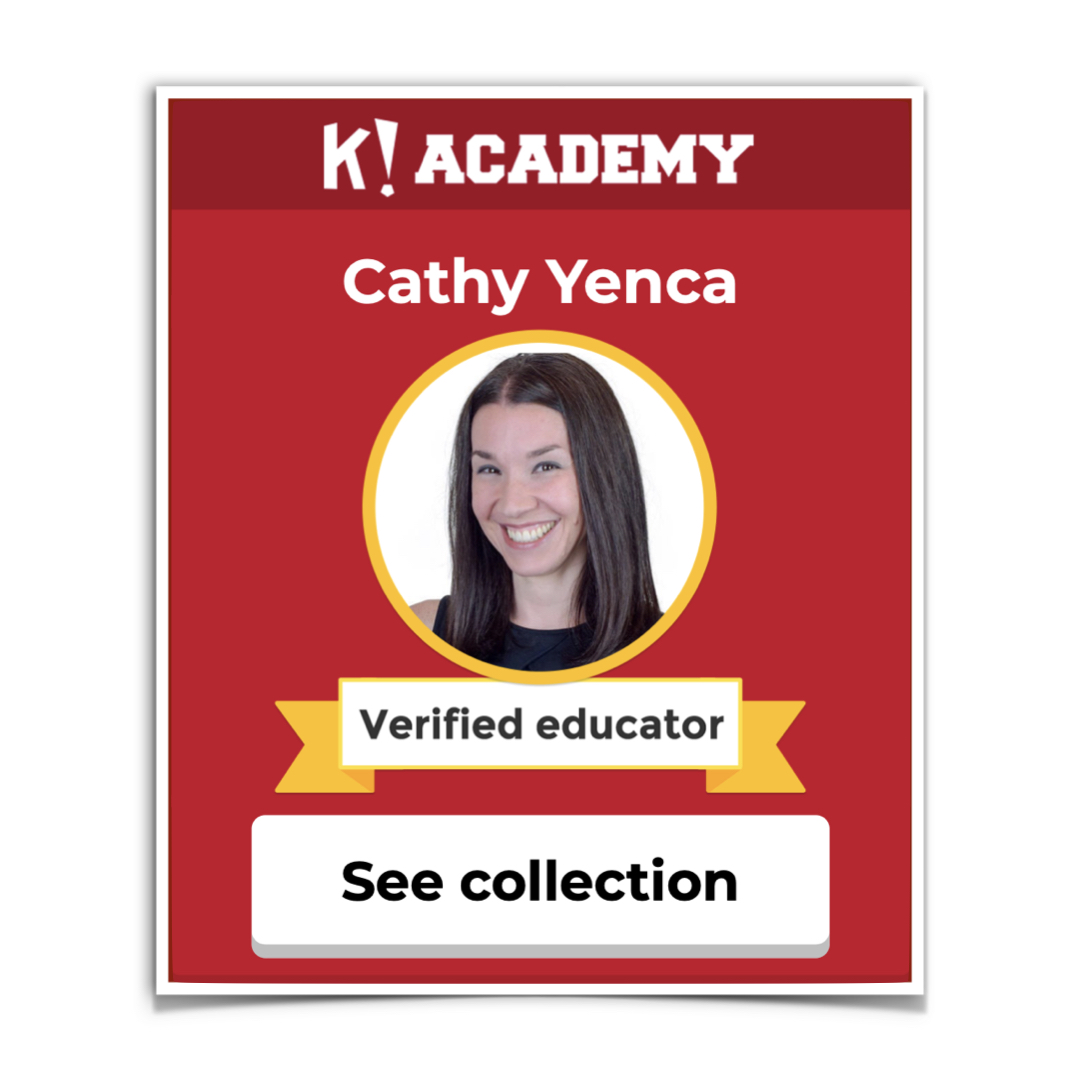
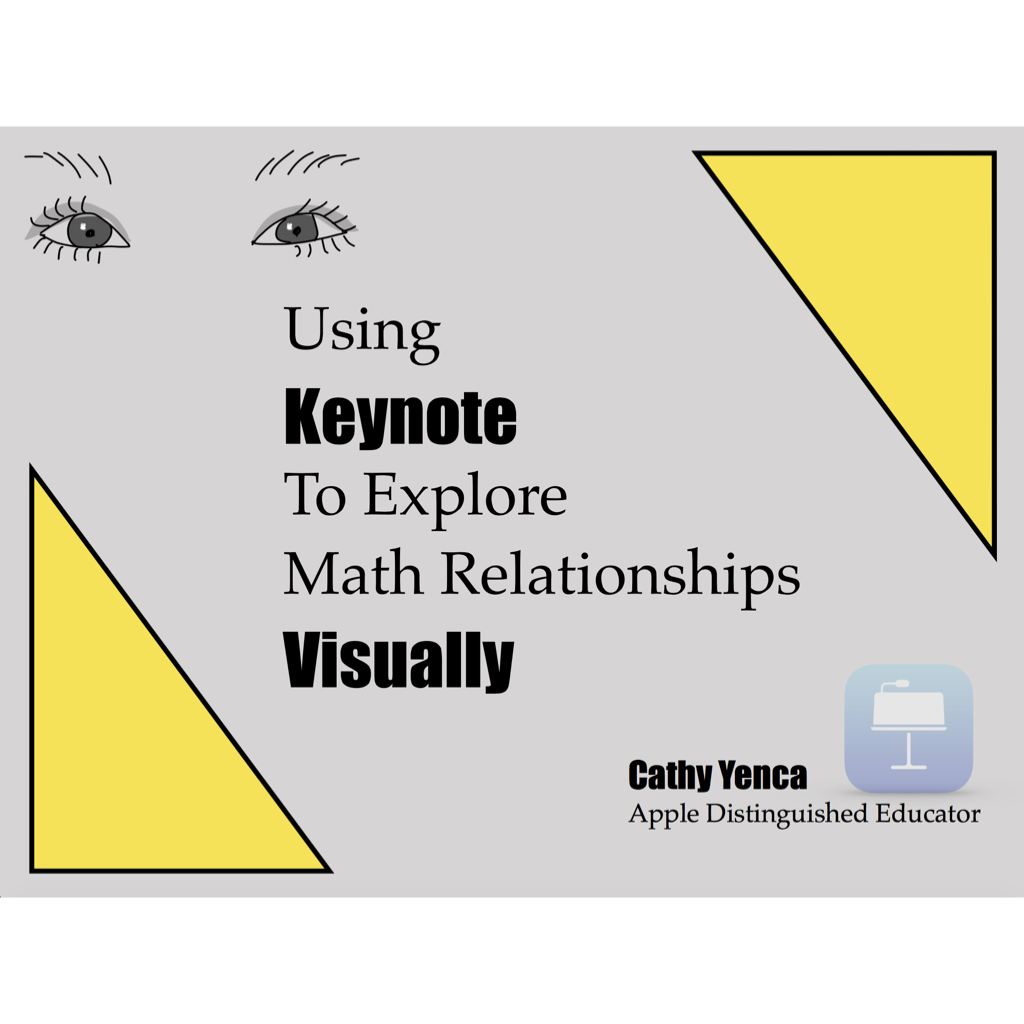

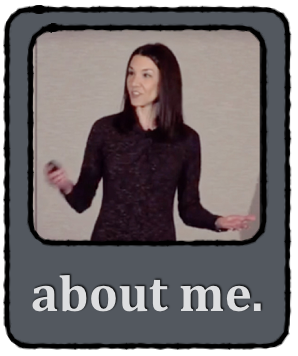
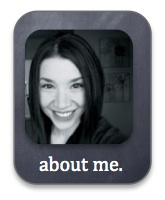
Yes! Thanks.
Pingback: 2017 Week Two Round Up of #MTBoS Blog Posts | Exploring the MathTwitterBlogosphere